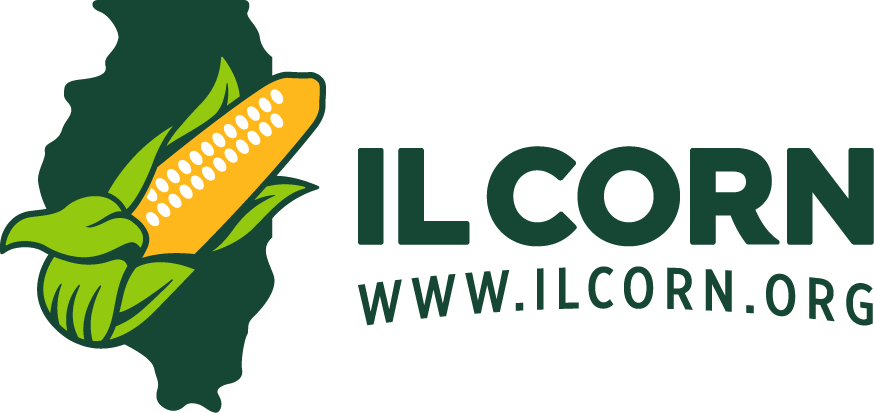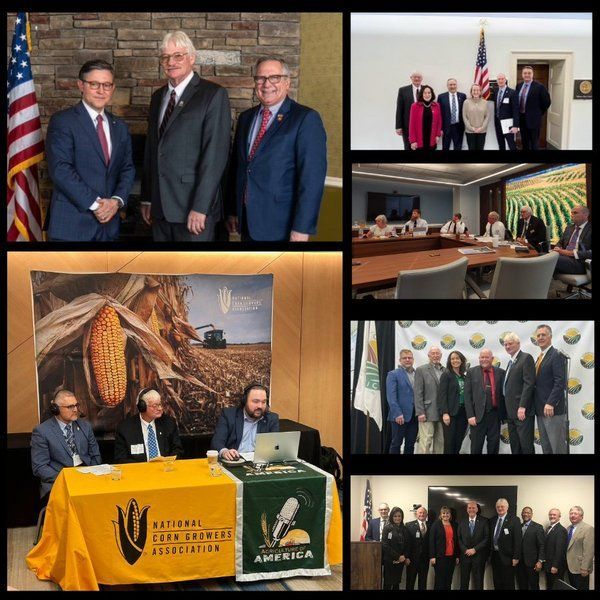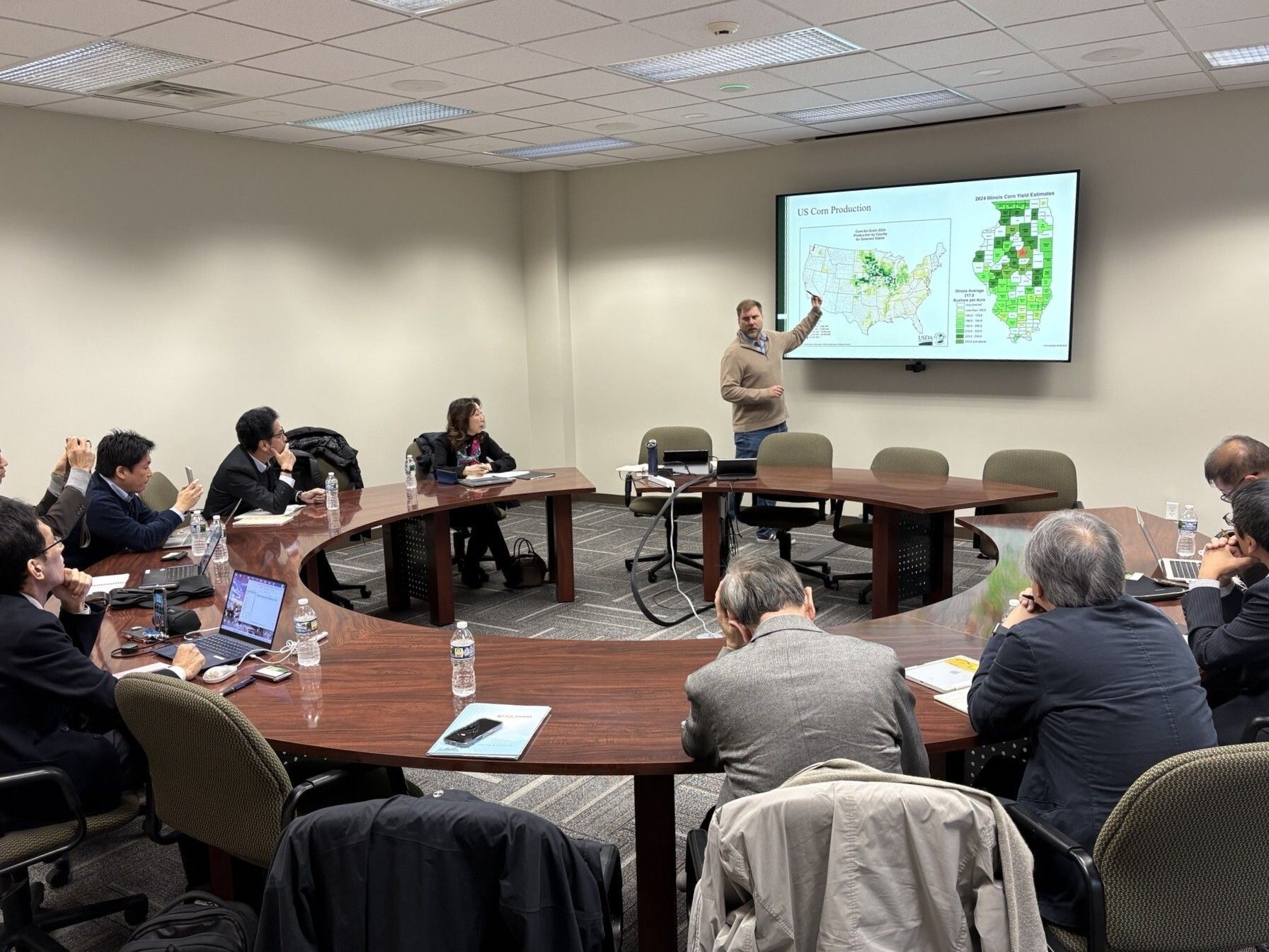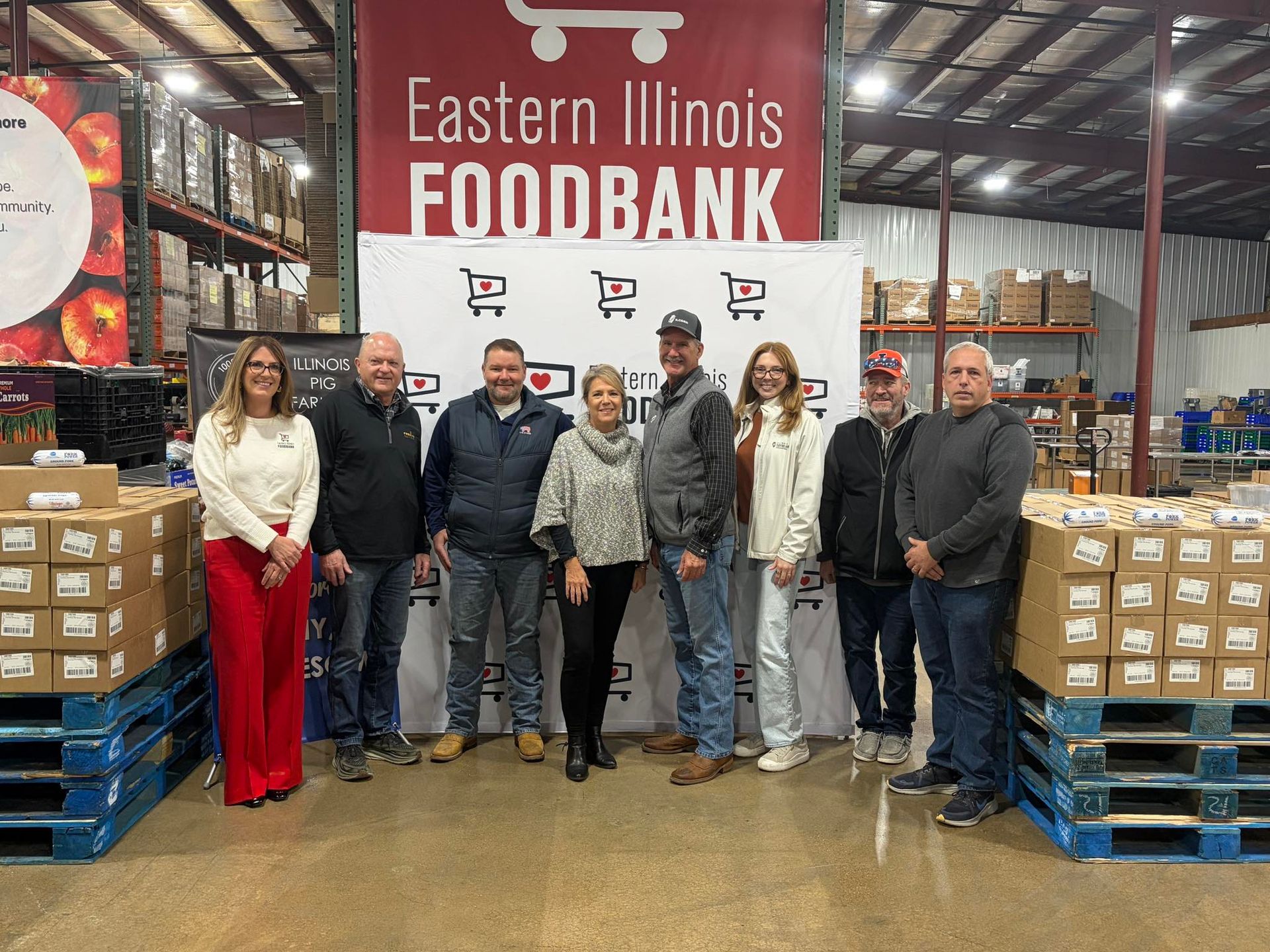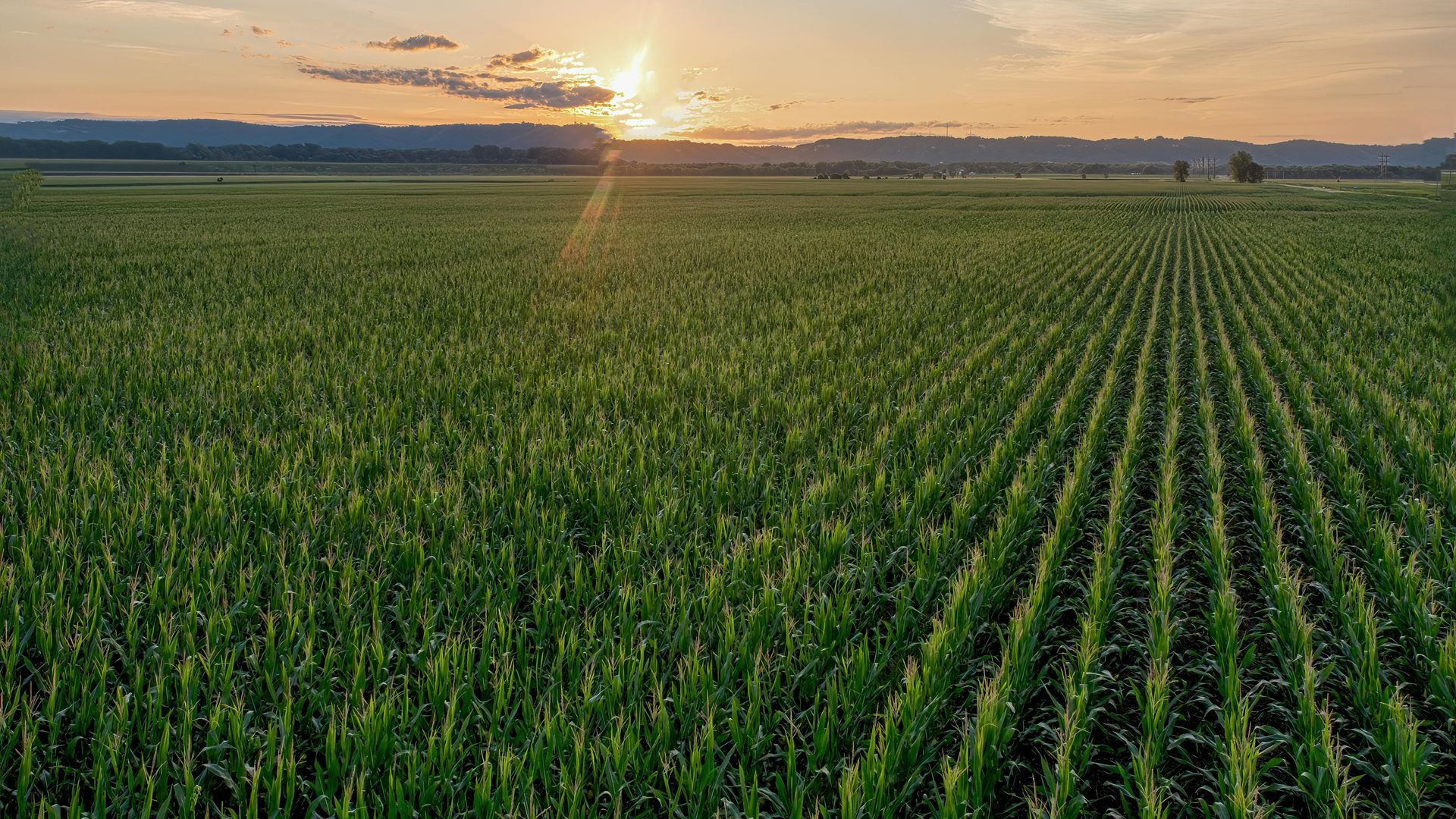Conservation Corner - WOTUS
While many of us are waiting for a precipitation recharge, the U.S. EPA has released it’s final WOTUS (Waters of the United States) rule. If you recall, back in August of 2021 the EPA and Army Corps announced they were going to start the process of updating WOTUS. There were changes under the Obama administration, Trump administration, and now under the Biden administration. To say we want and need a lasting and consistent rule is an understatement.
At the end of August 2021, Jim Reed, Illinois corn farmer from DeLand and IL Corn volunteer leader, provided comments during an EPA hearing. In May of 2022, Megan Dwyer, IL Corn Director of Conservation and Nutrient Stewardship, participated on one of the selected regional round tables to discuss impacts of a proposed rule change.
What does this new rule mean and what’s next
This final rule will go into effect around March 15, 2023. We are closely watching the Supreme Court for a ruling on the Sackett v EPA case and expect that to come prior to March 15. That ruling could have significant impact on the EPA’s final rule, requiring major revisions. We would also expect industry lawsuits challenging this new WOTUS rule.
To start with the positives. Several items were excluded from the final rule but the devil will be in the details of agency interpretation and implementation. A few of those items include:
- Prior converted cropland was omitted but you do need to have a USDA PCC (Prior Converted Cropland) certification for any applicable acreage.
- Swales and erosional features characterized by low volume, infrequent, or short duration flow
- Artificial lakes or ponds created by excavating or diking dry land
- Waterfilled depressions created in dry land incidental to construction activity
Hoping to keep the best of both the Obama and Trump era rules, this hybrid creates uncertainty and implementation questions that will impact farmers. Some items of interest include:
- “Other Waters” must be “relatively permanent” or have a “significant nexus” to other WOTUS to be considered WOTUS (prairie potholes)
- Ephemeral drainage features will be very subjective and case by case. Precipitation dependent short duration non-jurisdictional features could have what could be perceived as a bed, bank, and ordinary high water mark creating a “stream” and be subject to WOTUS.
- No definition or quantifier for what constitutes “relatively permanent” flow
- Lots of room for agency interpretation and definition
How do we achieve long-term certainty and clarity on a WOTUS rule?
WOTUS is a policy football being thrown back and forth as changes in leadership happen. Consistency comes from Congress stepping up in a leadership role and choosing to compromise for the creation of a clear, concise, and lasting definition of navigable waters.
IL Corn will continue to advocate on behalf of what’s best for farmers in IL. If you have comments or questions please reach out to Megan Dwyer.
